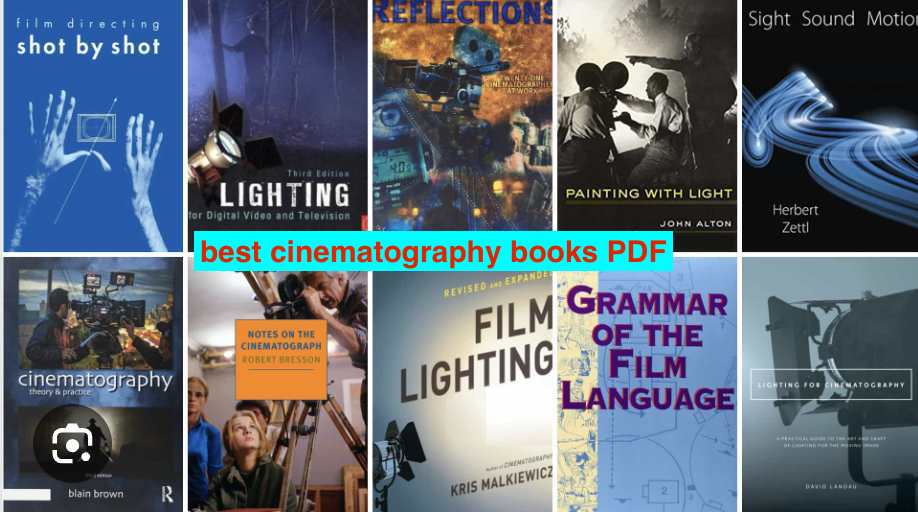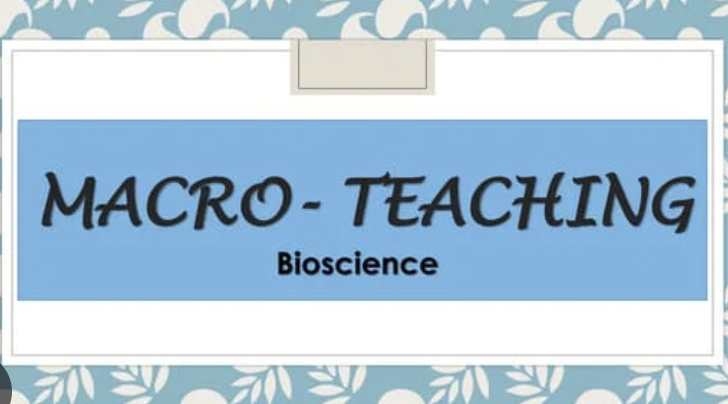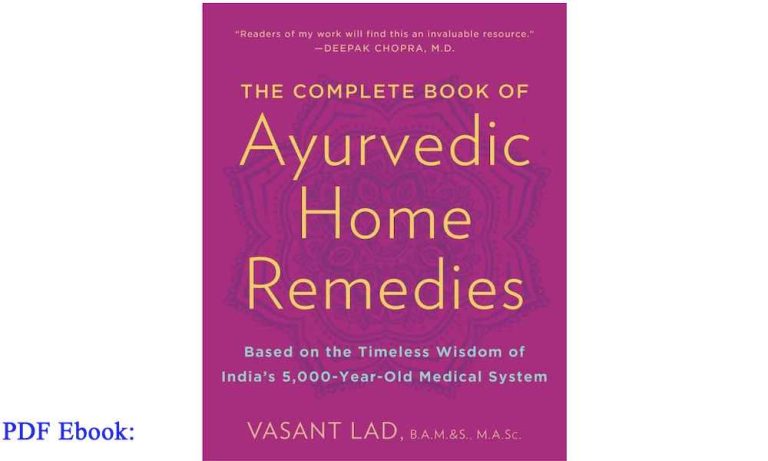Best cinematography books PDF Free!(30+ Download)
In the intricate tapestry of filmmaking, a cinematography book stands as a beacon, illuminating the path to visual storytelling mastery. Cinematography, the art of crafting images that breathe life into narratives, plays a pivotal role in shaping the overall look and mood of a film’s visual narrative. Every visual element that graces the screen, collectively known as the mise-en-scène, becomes a silent collaborator in the storytelling process. The cinematographer, with the aid of a well-versed cinematography book, shoulders the responsibility of ensuring the cohesion and seamless integration of each element to bolster the narrative. It’s through the lens of the cinematographer’s expertise that the mood is set, emotions are heightened, and the story is brought to life visually. Recognizing the paramount importance of this role, filmmakers often allocate a significant portion of their budget to secure high-quality cinematography, a crucial investment in ensuring that their creation dazzles on the grand canvas of the big screen.
In the realm of filmmaking, a cinematography book is more than a manual; it’s a guide to unlocking the secrets of visual language. It becomes the trusted companion of aspiring and seasoned cinematographers alike, offering insights into the nuances of lighting, framing, composition, and the orchestration of visual elements. Through the wisdom encapsulated in these pages, cinematographers navigate the delicate dance between technical precision and artistic expression. The importance of a cinematography book extends beyond the individual cinematographer to the entire film crew, fostering a shared understanding of the visual language that binds the narrative. As filmmakers recognize the profound impact of cinematography on audience engagement, the investment in high-quality cinematography and the knowledge distilled in cinematography books becomes not just a choice but a strategic imperative for those seeking to make an indelible mark in the world of cinema.
What Is Cinematography?
In the realm of filmmaking, cinematography emerges as the silent maestro, orchestrating a symphony of visual elements that breathe life into the stories we witness on the big screen or television. At its core, cinematography is the art of photography married with the finesse of visual storytelling, seamlessly weaving together a tapestry that captivates and enchants audiences.
Cinematography encompasses a myriad of on-screen visual elements, each playing a pivotal role in shaping the audience’s perception and emotional connection to a film. From the subtle dance of lighting to the strategic choices in framing and composition, every detail is meticulously considered. The cinematographer, often referred to as the director of photography (DP), is the visionary behind the lens, responsible for bringing the script to life visually.
A cinematic canvas is painted with various strokes, and the cinematographer holds the brush. Camera motion, with its fluid dance or deliberate stillness, can evoke emotions and convey a sense of urgency or tranquility. Camera angles, whether soaring overhead or nestled in the midst of the action, dictate the perspective through which the audience experiences the narrative.
In the hands of a skilled cinematographer, film selection becomes a strategic choice, influencing the overall texture and feel of the visual narrative. Lens choices, ranging from wide-angle to telephoto, sculpt the visual language, offering a unique lens through which the story unfolds. The depth of field, the extent to which elements in the frame are in focus, serves as a subtle storyteller, directing the viewer’s gaze and attention.
Zoom, focus, color, exposure, and filtration further contribute to the cinematographer’s palette. These tools, when wielded with expertise, can transport audiences to distant worlds, elicit profound emotions, or immerse them in the minutiae of a character’s experience. It’s not merely about capturing images but about crafting an experience that transcends the visual.
At the heart of cinematography lies the concept of mise-en-scène—the arrangement of everything that appears in front of the camera. This includes not only actors and props but also the atmospheric elements that contribute to the overall aesthetic. The cinematographer is the guardian of cohesion, ensuring that every visual element serves and enhances the story being told.
In the grand tapestry of filmmaking, cinematography is often granted a lion’s share of the budget. Filmmakers understand that investing in high-quality cinematography is an investment in the immersive power of their storytelling. The allure of the big screen is not solely in the narrative but in the way that narrative is visually presented—cinematography is the key to unlocking that magic.
30+ Best cinematography books PDF Free Download for beginners
The essential reference guide for filmmakers pdf
Book Name: 1) The essential reference guide for filmmakers
Author: Kodak
Pdf links:
(/Read Online)
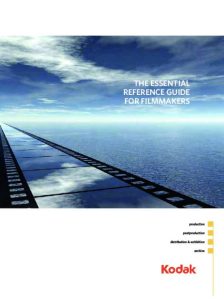
Basic Film Terminology pdf
Book Name: 2) Basic Film Terminology (Presentation)
Author: Wake Forest University
Pdf links:
(/Read Online)
The Modern MovieMaking Movement pdf
Book Name: 3) The Modern MovieMaking Movement
Author: Jon Reiss, Peter D. Marshall, Jason Brubaker, Norman C Berns, Carole Dean
Pdf links:
(/Read Online)
The Basics (basic film terms pdf
Book Name: 4) The Basics (basic film terms) (Presentation)
Author: Red Hook High School
Pdf links:
(/Read Online)
Three Dimensions of Film Narrative pdf
Book Name: 5) Three Dimensions of Film Narrative
Author: David Bordwell
Pdf links:
(/Read Online)
Basic Filmmaking Concepts pdf
Book Name: 6) Basic Filmmaking Concepts (Presentation)
Author: Jeffery C. Nyseth
Pdf links:
(/Read Online)
Doing Film History & The Origins of the Movies pdf
Book Name: 7) Doing Film History & The Origins of the Movies
Author: Jaakko Seppälä
Pdf links:
(/Read Online)
Basic tool kit & resource guide for young filmmakers pdf
Book Name: 8) Basic tool kit & resource guide for young filmmakers
Author: American film institute AFI
Pdf links:
(/Read Online)
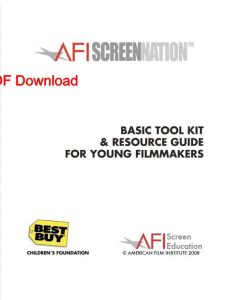
Cinematography Techniques: The Different Types of Shots in Film pdf
Book Name: 9) Cinematography Techniques: The Different Types of Shots in Film
Author: Timothy Heiderich
Pdf links:
(/Read Online)
The Total Filmmaker: thinking of screenwriting, directing and editing as one role pdf
Book Name: 10) The Total Filmmaker: thinking of screenwriting, directing and editing as one role
Author: Erik Knudsen
Pdf links:
(/Read Online)
Basic Cinematography pdf
Book Name: 11) Basic Cinematography
Author: Prof. McGuire
Pdf links:
(/Read Online)
Re-examining the Traditional Principles of Cinematography of Modern Movies pdf
Book Name: 12) Re-examining the Traditional Principles of Cinematography of Modern Movies
Author: Cornelia Hakansson
Pdf links:
(/Read Online)
Working with Cinematic Techniques pdf
Book Name: 13) Working with Cinematic Techniques
Author: James Campbell High School
Pdf links:
(/Read Online)
Camera Shot Guide: Framing, Angles and Movement pdf
Book Name: 14) Camera Shot Guide: Framing, Angles and Movement
Author: Mr. Langlois
Pdf links:
(/Read Online)
Camera Shots: Framing (presentation pdf
Book Name: 15) Camera Shots: Framing (presentation)
Author: Planet In Focus
Pdf links:
(/Read Online)
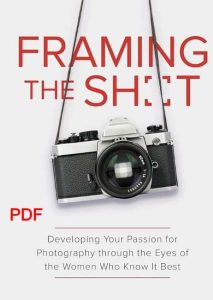
Introducing Cinematic and Theatrical Elements in Film pdf
Book Name: 16) Introducing Cinematic and Theatrical Elements in Film
Author: John Golden
Pdf links:
(/Read Online)
Storytelling on Film pdf
Book Name: 17) Storytelling on Film
Author: Filmeducation
Pdf links:
(/Read Online)
Cinematography pdf
Book Name: 18) Cinematography (Presentation)
Author: Ms. Jones
Pdf links:
(/Read Online)
Cinematography: Composition & the Camera in pdf
Book Name: 19) Cinematography: Composition & the Camera in (Presentation)
Author: The University of Utah
Pdf links:
(/Read Online)
30 Cinematography Techniques and Tips pdf
Book Name: 20) 30 Cinematography Techniques and Tips
Author: Studio binder
Pdf links:
(/Read Online)
Making Movies. A Guide for Young Filmmakers pdf
Book Name: 21) Making Movies. A Guide for Young Filmmakers
Author: Linda Burstyn, Pam Cunningham, Hillary Jordan, Kym Spring
Pdf links:
(/Read Online)\
Digital Lighting for Cinematography PDF free download
- 22) Book: Lighting Notes on cinematography PDF
- author: Belmont, CA : Wadsworth Pub. Co.
- size: 8MB
- English
- Pages 336 [286]
- Year :1994
- Pdf links: (/Read Online)
23) sculpting in time pdf
Cinematography vs Director of Photography: Unveiling the Artistic Dynamics Behind the Lens
In the captivating world of filmmaking, two terms often weave seamlessly into conversations — ‘Cinematographer’ and ‘Director of Photography’ (DP). Although commonly used interchangeably, subtle distinctions emerge, especially in the intricacies of larger film productions. So, what sets these roles apart, and why does the film industry often benefit from having both?
Cinematographer: Crafting the Visual Tapestry
A Cinematographer is the architect of visual storytelling. This role delves into the planning stages, wielding creative control, and setting the aesthetic tone for the film. From script analysis to pre-visualizing camera work, the Cinematographer’s focus spans the entirety of a film’s creation.
- Visual Storytelling: Through expertise in lighting, angles, composition, and movement, Cinematographers create visually striking images that amplify the emotional resonance of scenes.
- Aesthetic Vision: Collaborating closely with directors, they contribute to shaping the film’s visual identity, infusing it with a cohesive style that mirrors the narrative’s mood and tone.
- Technical Expertise: A deep understanding of cameras, lenses, and lighting techniques allows Cinematographers to capture images precisely as envisioned, ensuring the right exposure, focus, and visual quality.
- Lighting and Mood: Cinematographers design lighting setups, using light and shadow to create moods, highlight elements, and define the overall tone of the film.
- Visual Consistency: Collaboration with various departments maintains visual consistency, offering audiences a seamless viewing experience and immersing them in the movie’s world.
- Problem Solving: Adapting to unforeseen challenges on set, Cinematographers find solutions to maintain the film’s visual integrity.
Cinematography, as an art form, demands both technical prowess and creative intuition, making the Cinematographer a linchpin in the success of any film.
Director of Photography: Bringing Vision to Life
On set, the Director of Photography (DP) is the hands-on executor of the director’s vision, managing camera and light crews to translate plans into reality.
- Collaborating with the Director: The DP works closely with the director, translating artistic vision into visual reality, discussing tone, mood, and shot composition.
- Camera and Equipment Selection: Choosing cameras, lenses, and other equipment to match the film’s aesthetic requirements, considering format, aspect ratio, and technical needs.
- Lighting Design: Determining light placement, intensity, and color temperature to craft desired atmospheres and moods, ensuring the lighting setup enhances the visual narrative.
- Camera Operation: While not physically operating the camera, the DP plays a pivotal role in framing and capturing shots, using techniques to add emotion and dynamism to each scene.
- Shot Composition and Framing: Responsible for the visual composition, the DP considers framing, perspective, and visual balance to guide the audience’s attention.
- Continuity: Maintaining visual consistency throughout the film, even in post-production processes like color grading.
- Problem Solving: The DP must be resourceful and adaptable, overcoming challenges to achieve the desired visual results.
In essence, the Director of Photography is the custodian of the film’s visual language, bridging the gap between the director’s vision and its manifestation on the screen.
Cinematography vs Director of Photography: A Film Connection
For those aspiring to master the artistry of both roles, Film Connection offers a unique approach. By placing students in real-world film production environments, under the mentorship of industry insiders, Film Connection provides hands-on experience and foundational skills. It’s a dynamic alternative to traditional education, cultivating connections and relationships within the industry.
So, whether you’re drawn to the nuanced creativity of cinematography or the hands-on execution of a Director of Photography, Film Connection stands as a gateway to a career in the ever-evolving realm of filmmaking. If you’re ready to invest your time, effort, and passion into a cinematic journey, start your film education with Film Connection today. After all, the magic happens behind the lens.

